6 incredible egg facts, just in time for Easter
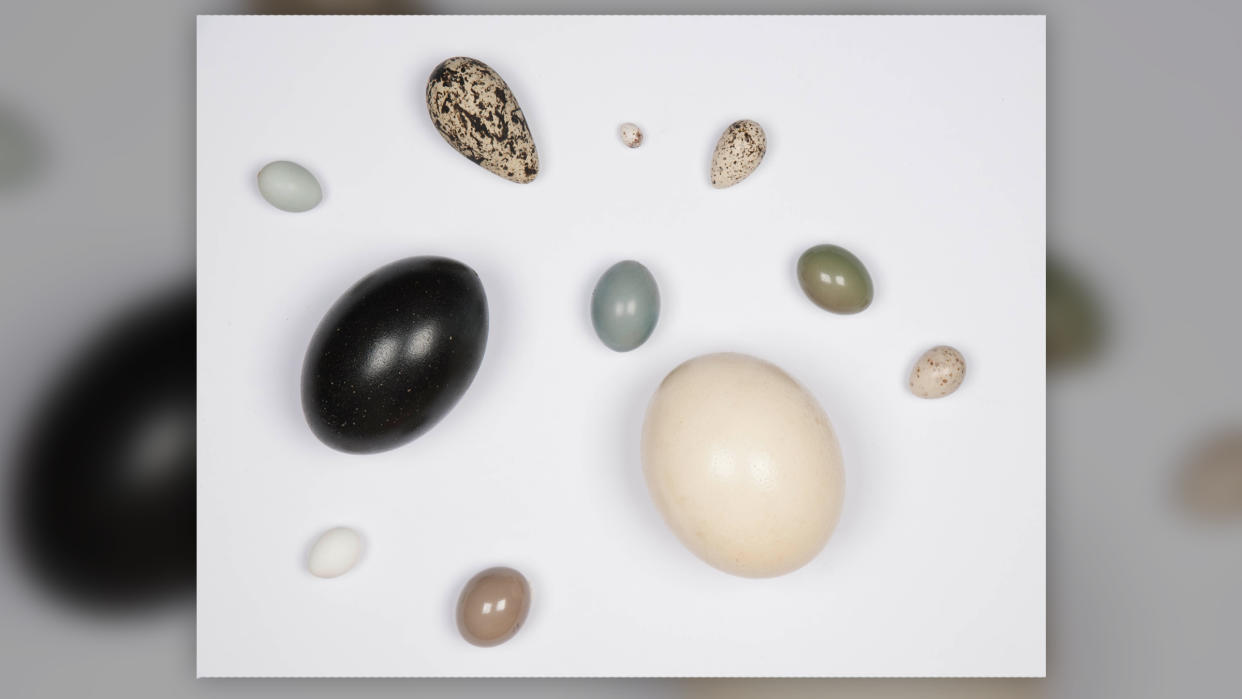
Every spring, colorful eggs show up in Easter egg hunts, and hard-boiled eggs grace Seder plates at Passover. But besides serving as an oval canvas for egg decorators and a symbol of rebirth and fertility, avian eggs are known for their diversity in shape and size.
For instance, kiwi eggs take up about 25% of the mother's body, making it the largest egg of any bird, relative to its mother's body size, according to researchers at the American Museum of Natural History (AMNH) in New York City. But laying an enormous egg has its benefits: The chick is almost ready to live on its own once it hatches.
Here's a look at six eggs-traordinary facts about bird eggs, and the science behind them.
Related: Why does the date of Easter change every year?
1. Eggs come in a variety of shapes
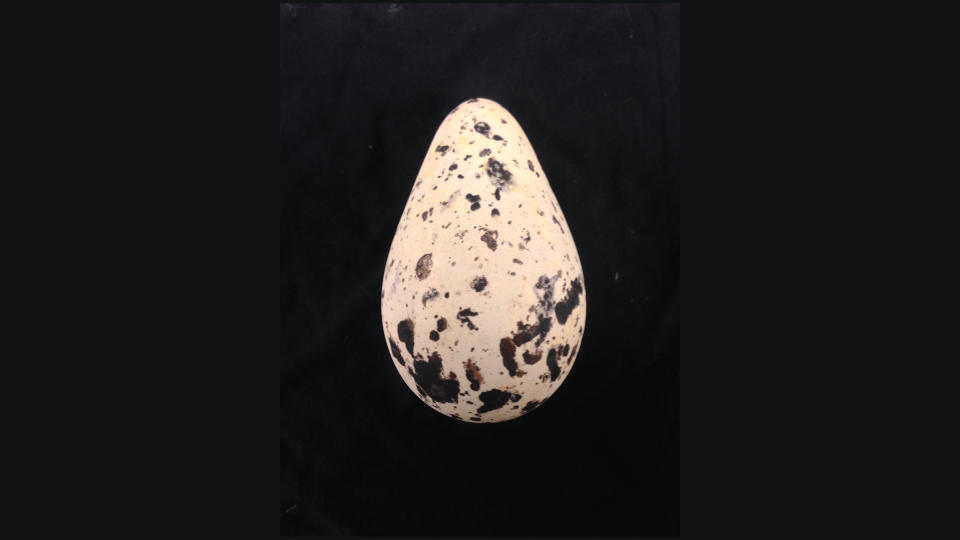
Many people think of chicken eggs when they imagine the shape of an egg, but eggs can be more rounded or pointed, depending on the species of the bird.
The common murre (Uria aalge) has a pyriform, or pear-shaped, egg. Common murres nest on narrow cliff edges, but the egg's unusual shape usually keeps it safe.
"If you try to push one of those eggs, because it's so heavy at one end, it will actually spin in a circle," said Paul Sweet, the ornithology collection manager at AMNH. "It's a way of protecting it from rolling off its narrow ledge."
2. Eggs come in many colors
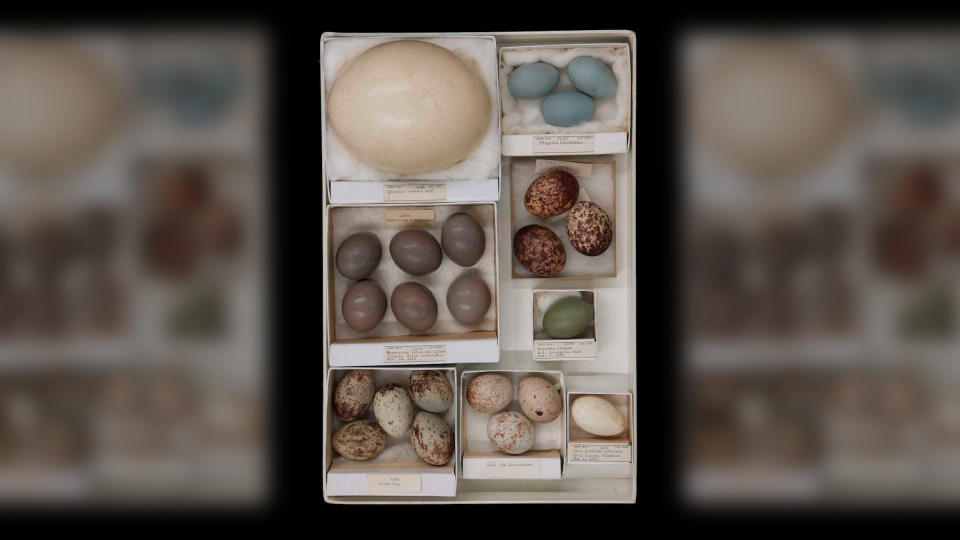
Eggshells are largely made of calcium carbonate, which looks white to the human eye, according to "The Book of Eggs: A Life-Size Guide to the Eggs of Six Hundred of the World's Bird Species" (University of Chicago Press, 2014). But some eggshells contain ultraviolet colors that aren't visible to the human eye, but are likely perceived by birds.
Other eggshells, such as the brilliant blue of the wren-like rushbird (Phleocryptes melanops), are different hues. Two pigments are responsible for a multitude of eggshell colors: biliverdins, which make blue-green hues, and protoporphyrins — the pigments behind the rusty colors of yellow, red and brown, according to "The Book of Eggs."
Eggshells that have markings, such as speckles or lines, tend to have more protoporphyrins, according to the book. These spots can help camouflage the egg. For instance, the piping plover (Charadrius melodus) has a brown speckled eggshell that blends into the sand where the birds nest.
3. Which is the largest bird egg?
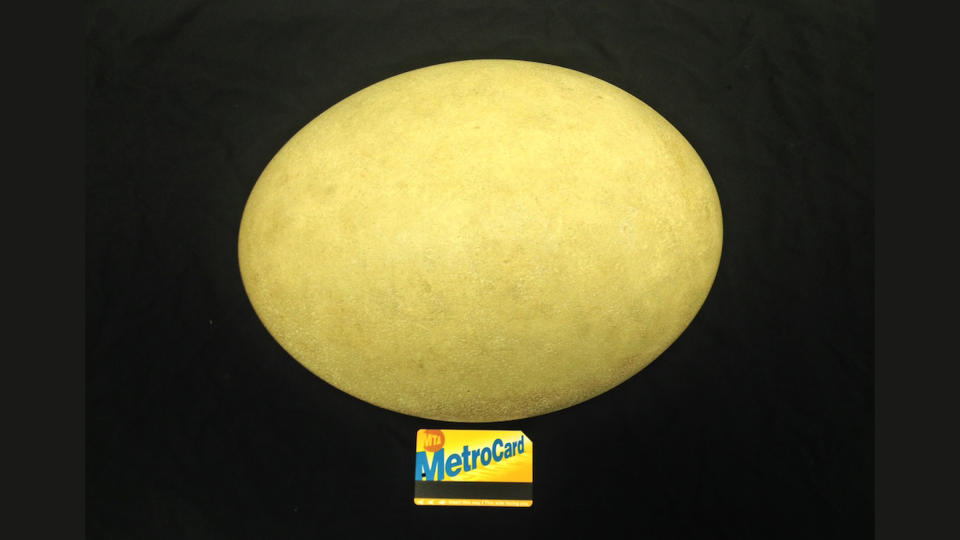
The largest known avian egg belongs to the extinct elephant bird (family Aepyornithidae). Its eggs were about the size of an American football, or about 11 inches (28 centimeters) long.
The bird itself, a flightless behemoth, stood about 10 feet (3 meters) tall and lived in Madagascar until disease and hungry sailors likely drove the birds to extinction by the 18th century.
4. Which bird egg is smallest?
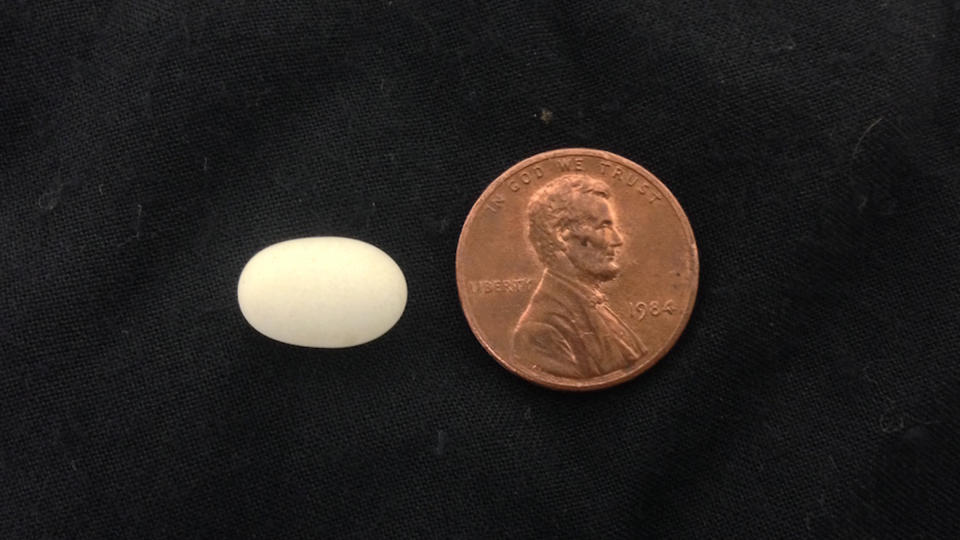
Hummingbirds lay the smallest known avian eggs, which weigh about as much as a paper clip, Sweet said.
"They kind of look like Tic Tacs," he told Live Science. "They're sort of elongated and white."
5. Some eggshells are thicker than others
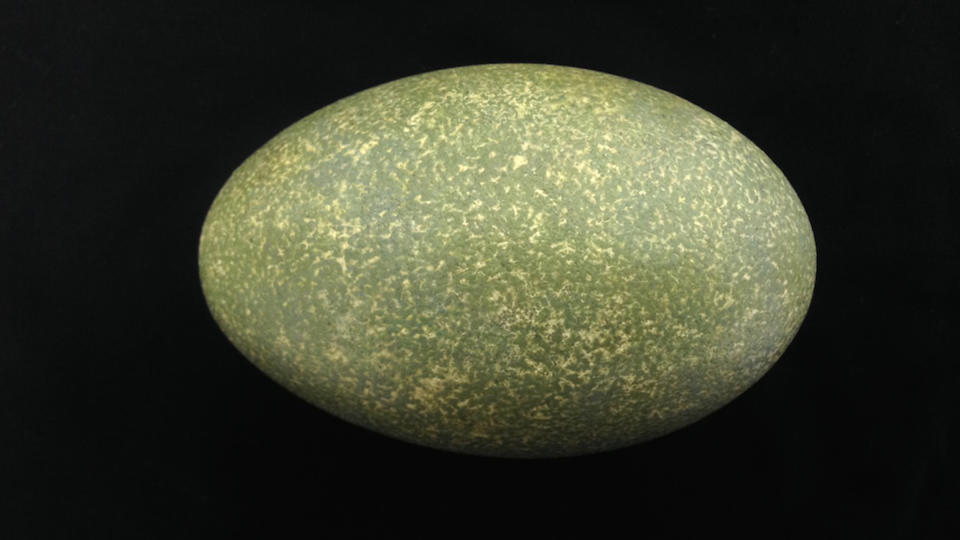
Most eggshells are thin enough for the chick to peck through when it hatches, but also thick enough to bear the weight of the growing embryo inside, and the weight of the parents incubating it, according to "The Book of Eggs."
Some eggshells are extremely thick. The cassowary, an elusive flightless bird from New Guinea and northeastern Australia, lays green eggs with shells that are about a quarter of an inch thick (0.6 cm), Sweet said.
"It looks like a huge avocado," Sweet said.
6. How did eggs evolve?
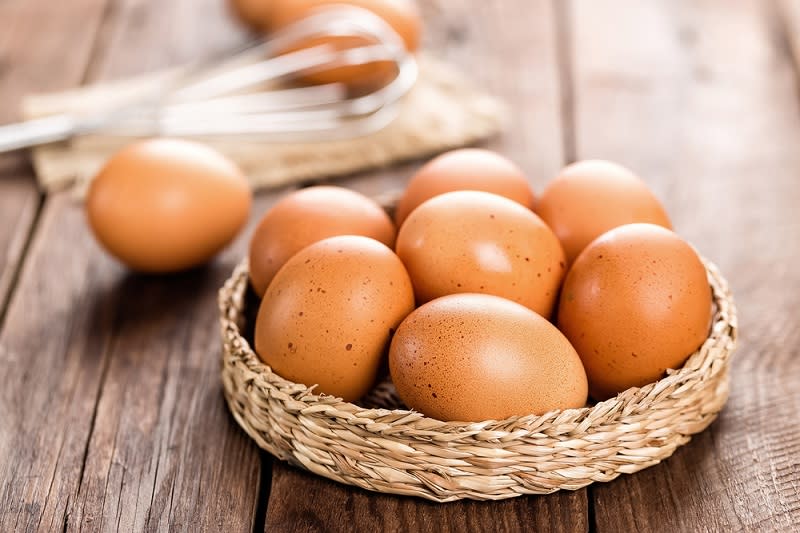
Amniotic eggs go way back. The first such eggs were laid by small lizardlike animals called "basal amniotes," which lived approximately 325 million years ago during the Carboniferous period, according to the egg book.
Bird eggs are "amniotic," which means they have a hard shell and porous membranes that allow for oxygen and carbon dioxide exchange, according to "The Book of Eggs." More importantly, amniotic eggs don't dry out, so animals can lay them on dry land.
Over time, the basal amniotes split into two groups: the synapsids (the predecessor of mammals) and the sauropsids (reptiles and birds).
Birds evolved from theropod dinosaurs, a group of largely carnivorous dinosaurs that includes Tyrannosaurus rex.

